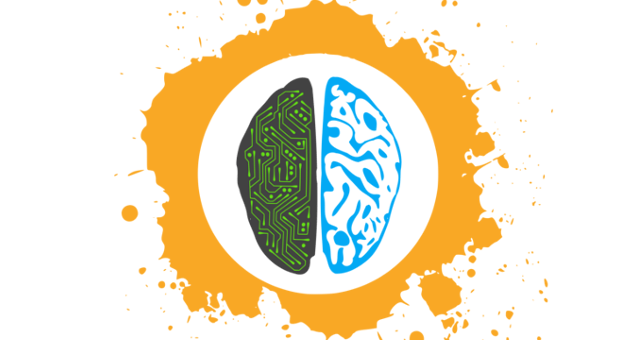Two Developments Take Humans Closer to Immortality

Researchers at Stanford and IBM announced two separate yet closely connected discoveries that bring us closer to immortality, the ones shown in movies like Self/less and Anomaly.
Nerve Implants to Stimulate Muscles
Using optogenetics and wireless body power transmission, scientists at Stanford were successful in designing a miniature device that can wirelessly control the activity of a mouse’s brain.
Optogenetics, a decade old technique that employs light via fibre optic cables to stimulate nerves, was upgraded to control mice brains wirelessly. Carefully prepared nerve endings with proteins that respond to light are genetically added to the test animal. These nerves when combined with wireless power and LED give a nerve simulating technology to modify the brain activity of mice.
Researchers from neurosciences and engineering departments partnered to make optogenetics truly useful by cutting power and signal wires. While wirelessly sending signals was a breeze, sending power wirelessly was achieved by using the body of the mouse to transfer radio frequency energy.
Rodent Brain on a Chip
While researchers at Stanford were enabling us to control living things with our thoughts, researchers at IBM demonstrated a new chip that functions like our neurons. By connecting 48 million of these neurons, researchers were able to mimic brain function of a rodent like mice.
Developed at IBM’s cognitive computing research division, the new “neuromorphic” chips are being showcased to the world for the first time. These artificial neurons have already been trained using equally revolutionary software called TrueNorth to identify images and spoken words. What’s more surprising is that it does all this at a very low power when compared to currently user servers. With around 5 billion transistors, it just draws 70 milliwatts of power. Equal transistors in conventional processors take upward of 500 watts of power to operate.
Source: Wired
Immortality Without the Same Body
While these developments are pretty significant achievements on their own, the two combined can take us one step closer to immortality. By allowing researchers to first copy and “install” human thoughts on an artificial brain made up of the above neuron chips and then wirelessly transmitting these thoughts to another human brain, human thoughts at the least can achieve immortality and be capable of upgrades. Ethics aside, these developments could one day help humans beat death without trying to improve the fragile human body.

